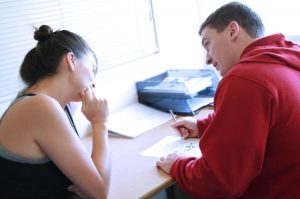
Fatigue in COVID19

Fatigue is a common problem after many virus infections, but is especially topical at the moment after Covid 19 infection. Long COVID is now a well-recognised syndrome of symptoms which last more than 30 days after the initial infection.
Tiredness and fatigue have always been tricky symptoms, as they are very difficult to measure or observe. It can be affected by our mood, so if we’re feeling depressed we can feel more tired and if something cheers us up, the fatigue can seem to fade. Many people feel they are not believed and their problem is labelled as ‘mental health.’
Mitochondria, our cells battery packs, are where we make energy and unfortunately we cannot assess their function directly. There are some indirect methods of measuring how much energy we produce but none that we could use in a regular clinic. Elite athletes have access to good testing but not everyone wants a muscle biopsy. There are blood tests available which can show deficiencies in some of the chemicals mitochondria need but these can be expensive to do.
So we are left with assessing how tired someone is after exercise and how much exercise they can do. Graded exercise is the most common treatment but without really assessing where the problem lies its a bit of a blunt instrument. There is so much variation between individuals that its impossible to set any standards against which fitness lies. At least improvement can be assessed and its easy to measure how far you can walk, how fast you can run and much oxygen you use.
Hopefully in the future, we can develop a useful test for mitochondrial function, which will be quick cheap and easy to do anywhere. It would then prove if fatigue was a real problem and not just in your head.
Dr Shirley MD has developed a program for Long COVID-19. More information is available here




